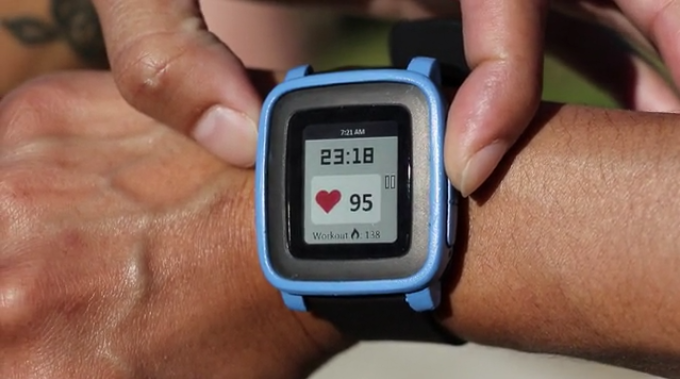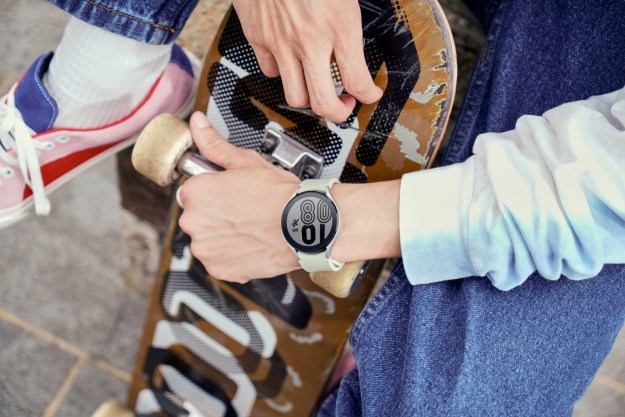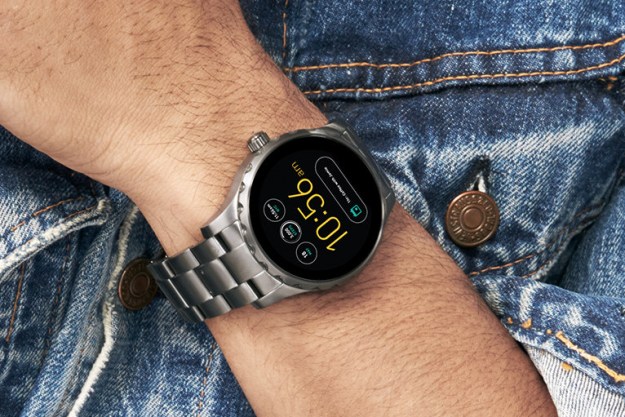
Recently, Pebble backed a watch strap, indistinguishable to its own, that allowed for contact-less payment via NFC capabilities integrated into the strap. And now, it has backed Tylt for its heart-rate monitor add-on that also doubles as a wireless charging connector.
The Tylt Vü Pulse is a physical add-on you snap to the back of your Pebble Time or Pebble Time Steel smartwatch. Its primary use is that it allows users to monitor their heart rate in real time, which they can then view through the companion app from Tylt. Passive mode lets you measure your heart rate every 30 minutes, and active mode gives you readings every 10 seconds. Naturally, it’s integrated with Pebble Health, which means you can export that data to apps like Google Fit and Apple Health.
The Kickstarter reached its $100,000 fundraising goal in 72 hours, and is currently sitting at $175,078 with 13 days to go as of publication.
The Vü Pulse is also Qi Wireless Charging-ready, and as the device sits on the bottom side of the Pebble watch, you can simply lay it down (watchface side up) onto a wireless charging slab. It will take longer to charge this way though — about two hours for a full charge — according to Mario Duenas, an electrical engineer at Tylt who spoke to Digital Trends.
The add-on, in a way, also acts as a protective cover for your Pebble smartwatch, as it wraps around it.
The reason Pebble is backing these add-ons, or “straps,” is because last year, the company announced that its smartwatch will be able to incorporate “smartstraps,” so that users can have their choice of functionality through straps. Pebble isn’t just sitting back and letting third-party developers do all the work though. Kannyn Macrae, vice president of Product Development at Tylt, told Digital Trends that Pebble is in fact helping Tylt with the Vü Pulse, but Macrae couldn’t offer other details.
While the retail price hasn’t been finalized yet, Macrae says he estimates it will cost around $60, though you can back the project on Kickstarter and get one for less. The company is also offering deals with the Vü Pulse and other accessories like the Tylt band and the Tylt Vü Solo Charger, a Qi-enabled wireless charger.
The Vü Pulse comes in one color, grey, and will ship in August of 2016.


